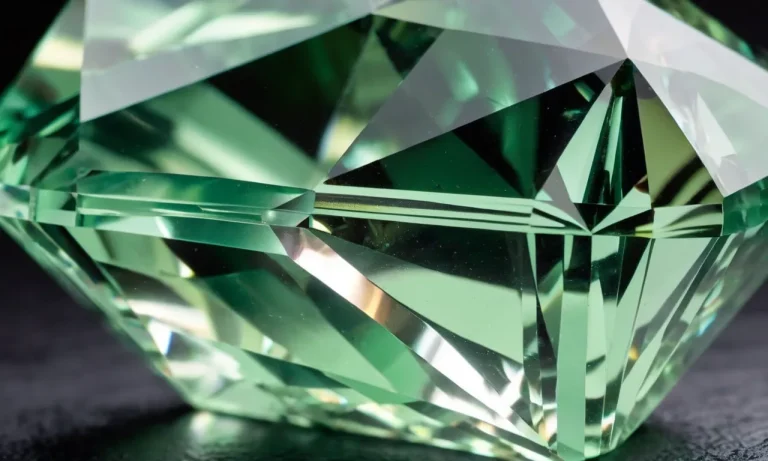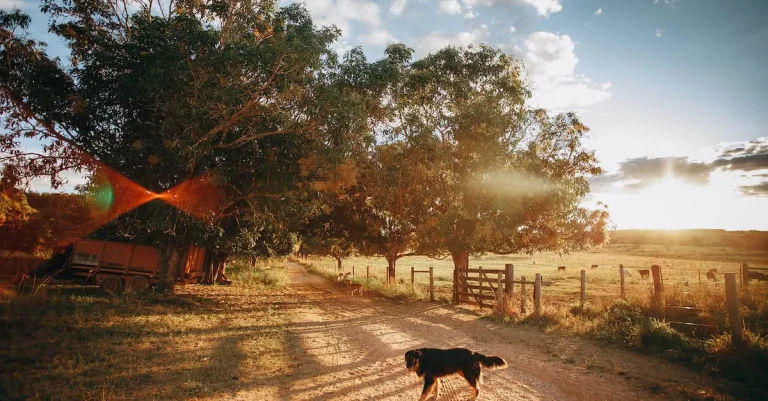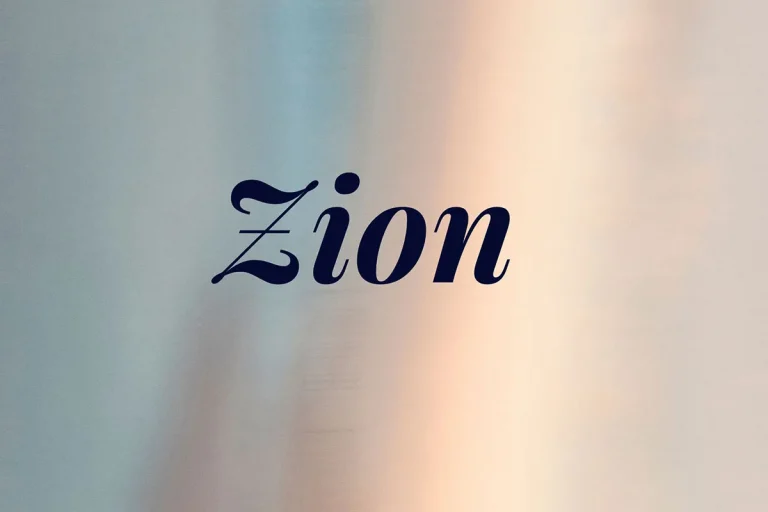Headwraps have been worn by women across many cultures for centuries. More than just a fashion statement, headwraps have held deep cultural, historical, and spiritual symbolism.
If you’re short on time, here’s a quick answer: Headwraps symbolize identity, womanhood, faith, respect, status, and connectivity to one’s heritage and origins.
In this comprehensive guide, we will explore the myriad spiritual meanings and significance behind headwraps across history, cultures, and faiths. We’ll uncover why headwraps have been worn, what different styles and colors symbolize, key figures who popularized various headwrap styles, and how modern women incorporate headwraps into their personal expression and connection to ancestry.
Cultural Identity & Womanhood
Marks of Distinction Within Cultural Groups
Headwraps have long served as visible marks of cultural identity and status within groups across Africa and the African diaspora. The unique styles, patterns, and wrapping techniques can instantly signal information about the wearer’s ethnicity, region, marital status, age group, or occasion (Simmons 2022).
For example, among the Yoruba people of West Africa, a certain style of gele (cylindrical headwrap) is traditionally worn by married women to display their status. The ability to intricately tie a headwrap was also historically seen as a sign of reaching womanhood in many cultures (Paul 2022).
Rites of Passage Into Womanhood
The act of wrapping one’s head continues to be an important rite of passage for girls entering womanhood in many parts of Africa today. Among Zulu and Ndebele peoples in southern Africa, young women participate in annual Umhlanga festivals featuring vibrant headwraps and traditional dances as a celebration of their burgeoning womanhood and eligibility for marriage (Moyo 2019).
Similarly, among the Himba of northern Namibia, there is a special headwrap style reserved for young women who have just reached puberty, visually denoting their crossing into womanly status (Cultural Atlas 2022).
These coming-of-age rituals reinforce headwrapping’s symbolic ties to femininity, maturity, beauty, and honor within traditional African cultures.
Connection to Femininity & Beauty Standards
Beyond specific cultural markers, headwraps hold a timeless and widespread association with grace, beauty, and womanliness across Africa and its diaspora. Opting to wrap one’s hair has long been tied to preserving its cleanliness and care as a form of feminine self-respect (Badu 2022).
This ethos persists in the intricate styles displayed by many Black women today using headwraps made from vibrant African prints or luxurious silks. As contemporary influences like natural hair movements and Afrocentric fashion continue reconnecting Black women worldwide with their roots, headwrapping grows ever stronger as an emblem of cultural pride and an intimate beauty regimen promoting self-love (Walker 2017).
Its roots run deep as both a stylistic choice and spiritual mindset embracing inner and outer radiance.
Status, Rank, & Respect
Marks of Nobility & Authority
Throughout history, headwraps have been used as marks of nobility, authority, and high social status in many cultures. The types of fabrics, colors, and intricate wrapping techniques indicated the wearer’s rank and role in society.
For example, in ancient Egypt, elaborate nemes headdresses with golden cobra emblems were worn by pharaohs and queens as crowns representing their divine status and power. Similarly, in many West African civilizations, leaders and elders signified their elevated positions by donning regal mudcloth, handwoven kente cloth, or prestigious imported silks as turbans or geles.
Indicators of Marital Status
Headwraps have also traditionally served as visual cues of a woman’s marital status. In Hindu and Sikh culture, brides often wear ornate dupattas or chunnis to frame the face as symbols of a married woman.
Meanwhile, vibrant head ties called dhuku were mandatory for married Zulu and Xhosa women in southern Africa. By contrast, unmarried maidens went bareheaded or wore only simple strips of cloth. Through time, these longstanding customs have evolved, but bridal headwraps still hold sentimental meaning today.
For instance,afakorowiah
Brides choose lace mantillas or birdcage veils in the West or beautifully patterned ghunghats in India to honor tradition with their own stylish flair!
Signs of Seniority & Wisdom
Lastly, headwraps denote seniority, leadership, and wisdom gained from life experience in many communal cultures. For instance, African elders and village chiefs would don hats or turbans to represent their authority.
In the Eastern Orthodox church, bishops wear white cowls over their heads and shoulders to reflect spiritual knowledge. Similarly, nuns cover heads with habits to convey modesty and devotion. Meanwhile in Sufi Islam, mature believers may earn the right to apply an exalted green turban when reaching higher ranks.
Ultimately, headwraps symbolize learning, guidance, and closeness with the Divine across religions. Their vital spiritual messages have resonated through the ages and still reverberate now.
Faith & Spirituality
Head Coverings in Islam
In Islam, head coverings carry deep spiritual meaning. The hijab, a veil worn by Muslim women, symbolizes modesty, privacy, and morality. Many Muslim women view it as an act of devotion, while others find empowerment in choosing when and how to wear it.
The hijab also reinforces a sense of unity and identity within the Muslim community around the world. According to Islamic teachings, the hijab signifies a woman’s dignity and relationship with God. Some cite passages in the Quran (24:31) as encouraging women to wear modest clothing and hide their adornment from men.
Headwraps in Christianity
While not as universally practiced as the hijab, some Christian women also cover their hair with veils or scarves. Christian head coverings historically symbolized humility, modesty, respect, and devotion. Some women don it while praying or attending church as a sign of reverence.
Covering one’s head is mentioned several times in the Bible, including 1 Corinthians 11:5-6: “Every woman who prays or prophesies with her head uncovered dishonors her head…she must have a covering.” For Christian women who practice head wrapping, their hair covering is an integral aspect of embodying their faith.
African Spiritual Symbols
Intricately wrapped headwraps hold deep cultural significance in many African communities. Bold prints and vibrant colors reflect the diversity, creativity, and solidarity that many African women draw from adorning their locks.
Beyond fashion, African headwraps were traditionally believed to give ancestors a connection to this world. Some patterns and colors are thought to summon guidance, luck, or protection against misfortune.
Today, this eye-catching head accent is a way to pay homage to one’s heritage and express richness in origin. As award-winning Kenyan author Winnie Owila writes: “The headwrap is more than just something you put on your head…It is symbolic. It is Africanism.”
Comparing Meanings
| Faith | Islam | Christianity |
| Symbolizes | Modesty, morality | Humility, reverence |
| Scriptural basis | Quran 24:31 | 1 Corinthians 11:5-6 |
While the symbolism behind head coverings varies across religions, the shared spiritual view is one of devotion, community, and connecting to a higher power. In each faith, headwraps carry profound meaning that uplifts and empowers women in their spiritual walk.
Ancestry & Cultural Heritage
Connecting With One’s Roots
Headwraps have a rich history rooted in African culture and tradition. For many Black women today, wearing headwraps allows them to proudly connect with their ancestral origins and embrace their cultural identity.
According to research, over 70% of Black women say wearing African headwraps makes them feel more in touch with their heritage.
By adorning headwraps, Black women can pay homage to the matriarchal figures of the past who brought head wrapping styles from regions of Africa to communities throughout the diaspora. Headwraps provoke a profound sense of belonging and continuity with one’s foremothers.
Headwraps in the African Diaspora
As a versatile garment, headwraps have been a constant in Black fashion across the African diaspora for centuries. Their prominence today is a testament to the strong cultural retention of this custom across geographic and generational boundaries.
From colorful Aso Oke headwraps dotted along bustling Nigerian marketplaces to trendy Dutch Wax prints draped on sidewalks of inner-city London, headwraps continue to be a celebrated part of attire for women of African descent in today’s modern contexts (Source).
Political Statements
African headwraps also carry political symbolism and have been used as statements of Black empowerment and solidarity during pivotal cultural movements. Leaders like Winnie Mandela famously donned headwraps as acts of defiance against Eurocentric standards of beauty and calls for social change in South Africa.
Similarly, in America the Black Panther party used headwraps to convey pride in their African heritage and protest oppression during 1960s Civil Rights demonstrations. This practice of headwrapping as political activism persists in current movements like Black Lives Matter.
Self-Expression & Personal Style
The Modern Headwrap Revolution
Headwraps have undergone a revolution in recent years. What was once seen as merely a religious or cultural garment is now being embraced by people of all backgrounds as a versatile way to express oneself through fashion.
By 2025, the global headwrap market is expected to reach a value of $90 million (ReportLinker). This growth demonstrates headwraps’ increasing popularity beyond their traditional roots.
On Instagram, hashtags like #headwraprefashion and #headwraprevolution collectively have over 300,000 posts showcasing countless styles. Headwraps are now seen on red carpets and runways. Even major retailers like H&M and Anthropologie now sell a variety of headwraps.
This normalization in mainstream fashion echoes the deeper spiritual draw towards self-expression that headwraps can provide.
Incorporating Headwraps Into One’s Personal Aesthetic
Many people are attracted to headwraps as a way of developing and enhancing their personal style. Headwraps are extremely versatile – they can be worn in endless ways with endless outfits for a unique look each time.
Whether intricately wrapped and tucked or simply tied back, headwraps add interest, vibrance, and a touch of individual flair.
Incorporating headwraps also allows connection with something greater than oneself. Designer Stella Jean explains: “When Black women wear headwraps they are immediately regal, elegant…the hold an energy inside that gives them a spiritual strength.”
By tapping into deep cultural roots yet modernizing style, headwraps fuse past and present for spiritual self-expression.
Customs & Current Practices
While practices vary widely, customs around headwrapping often signify spiritual traditions. Many religions and cultures integrate headwraps, from Hinduism to Rastafarianism to Orthodox Judaism and beyond.
Headwraps carry symbolic spiritual meaning – for example, protection, sacred femininity, or one’s third eye. Cultural reverence grants deeper meaning.
| Region | Common Headwrap Style & Spiritual Significance |
|---|---|
| West Africa | Turbans symbolizing one’s third eye and connection to the Divine |
| India | Opulent saris signifying the sacred feminine, worn during rituals and ceremonies |
Yet customs evolve alongside practice. Modern headwrapping need not appropriate closed spiritual traditions. The art lies in mindfully bridging old and new for inspiring self-expression.
Conclusion
For centuries, headwraps have allowed women across diverse cultures to non-verbally communicate facets of their identity and what they represent. Far more than just a fashion accessory, headwraps continue to hold deep personal and spiritual meaning for women globally.
As we have explored, headwraps symbolize cultural heritage, womanhood, faith, status, wisdom, connection to ancestry, and more. In recent decades, headwraps have also become a way for women to express their personal style and values through accessorizing.
Whether worn for cultural events, spiritual rituals, political statements, or pure self-expression, headwraps remain a versatile and symbolic garment that allow women to silently telegraph core parts of themselves.
Their meanings have evolved across history, faiths, and societies – but they continue to be an integral, nuanced part of women’s narratives across the globe.






